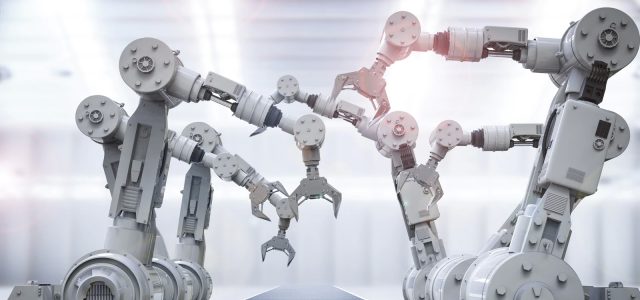Growth Mindset and Grit – I recently did a series of short videos on LinkedIn entitled 13 Reasons Why exploring why every organisation needs to invest in building and sustaining a workforce that is resilient in the face of constant, uncertain, complex, volatile and ambiguous change.
I received positive feedback on the series and was asked to augment it with a series of articles on the same subject. Here you are.
Bounce forward not back
Employers who have invested in developing and maintaining a workforce resilient in the face of constant change reap the benefits because of their employees growth mindset and their grit.
Setbacks are inevitable. Resilient employees don’t see setbacks as bad things. They see them as opportunities to learn and grow. They know that through persistence and perseverance they can make change for the better.
With resilience, they will seek out new challenges, and be ready to navigate our volatile, uncertain, complex and ambiguous world of change while seeking out opportunities for learning, sharing and growth.
With resilience, they will investigate, they are eager for knowledge, and are unduly curious and inquiring. They ask questions, find answers, look in new places, and get as much information as possible.
They are passionate about learning and will persevere to achieve their goals.
They have a growth mindset and see a challenge as an opportunity to learn rather than a hurdle or threat to overcome.
They have grit and can dig deep when the going gets tough. They have the drive to sustain their motivation and ignite their passion for a long-term goal.
Resilience is core to a growth mindset and grit. It’s worth an investment.
Growth mindset
After studying the behavior of thousands of children, Carol Dweck, Ph.D., coined the terms fixed mindset and growth mindset. These mindsets describe how we view our intelligence and personality. Dweck wrote about these mindsets in her 2007 publication Mindset: The new psychology of success.
With a fixed mindset, you believe you have finite amounts of characteristics: intelligence, personality, morality etc. You feel the need to prove yourself in order to demonstrate that you have these characteristics—and enough of them.
With a growth mindset, you believe you have basic qualities and characteristics. You differ from others in regards to your inherent talents, aptitudes, interests and disposition, but with a growth mindset, you believe that you can change and grow.
The weakness of a fixed mindset
People with a fixed mindset:
- Rarely shine
- Give up after a couple of failures
- Are humiliated by failure
- Avoid challenges
- Believe that putting in the effort to learn is pointless
- Are threatened by the success of others
- Are envious of the success of others.
The supremacy of a growth mindset
People with a growth mindset:
- Shine
- Believe that hard work and commitment enable growth
- Want to learn
- Embrace challenges
- Persevere
- Are resilient
- Are inspired by the success of others
- Embrace hard work and effort
- Learn from the success of others
- Continually grow
- Succeed
- Achieve
- Are more productive
- Have better relationships.
Grit
Angela Duckworth, in her book Grit: The power of passion and perseverance, describes grit as having passion and perseverance to achieve long-term and meaningful goals, and that with grit comes resilience.
Duckworth is a University of Pennsylvania psychologist, and her study of grit began when she was teaching math to 12- and 13-year-olds. She recognized that IQ (talent) was not the only factor separating successful students from those who were struggling, and that grit was the combination of perseverance and passion for the achievement of long-term goals.
She went on to research the short- and long-term effects of grit on students and people at work. So, although the study of grit originated in education, the principles apply in the work place too.
Duckworth’s research revealed four psychological assets whom exemplars of grit possess. They develop over the years in a particular order. They are interest, practice, purpose and hope.
Interest is about enjoying what you do. We all have aspects of our work that we don’t enjoy. When we have grit, we can see our work as the whole of many parts and find it meaningful and interesting. People with grit love what they do.
Practice is about perseverance and the daily self-control to do something better than you did it yesterday. With grit, you strive for mastery through regular and sustained practice. You identify your areas of weakness and work to improve them. There is no room for complacency. Practice is about devotion to improvement and embracing challenges.
Purpose is what matures passion. Purpose is the belief that your work matters not just for you, but for others. Without having a purpose, any interest will be difficult to sustain.
Hope is not the last stage of grit but it is in every stage of grit. We have to be able to keep going and face our doubts and demons. We will get knocked down but we can’t stay down. If we stay down, we lose. When we get up, we prevail.
Summary
Organisations that invest in building a resilient workforce will foster the growth mindset and grit that will ensure the success of the organisation through thick and thin.
Article by channel:
Everything you need to know about Digital Transformation
The best articles, news and events direct to your inbox
Read more articles tagged: Featured, Leadership










